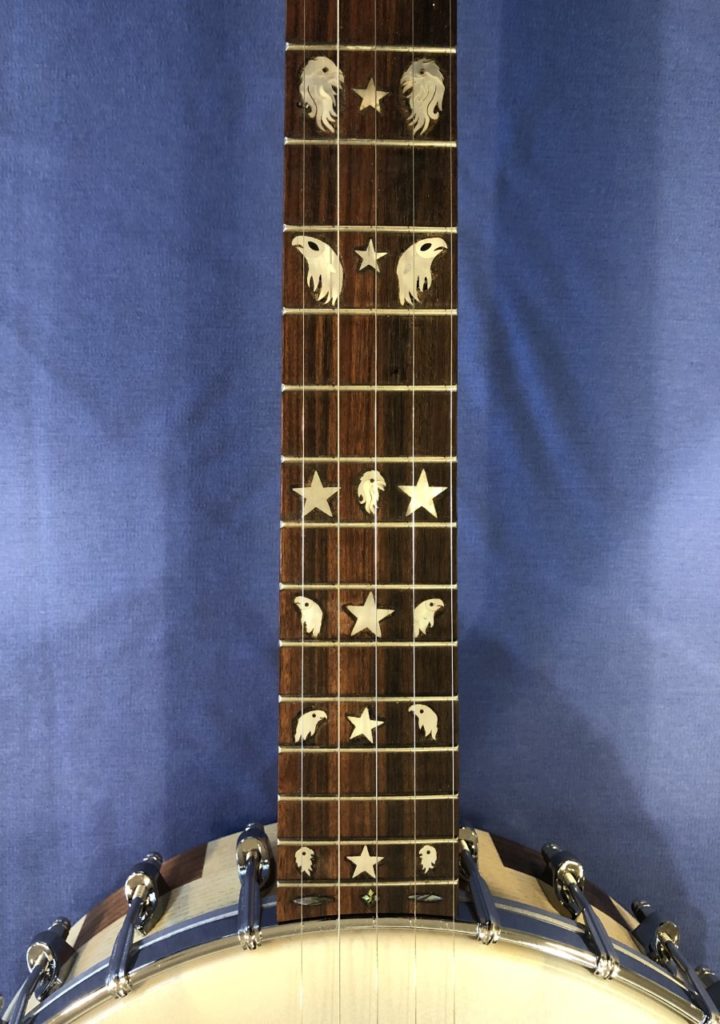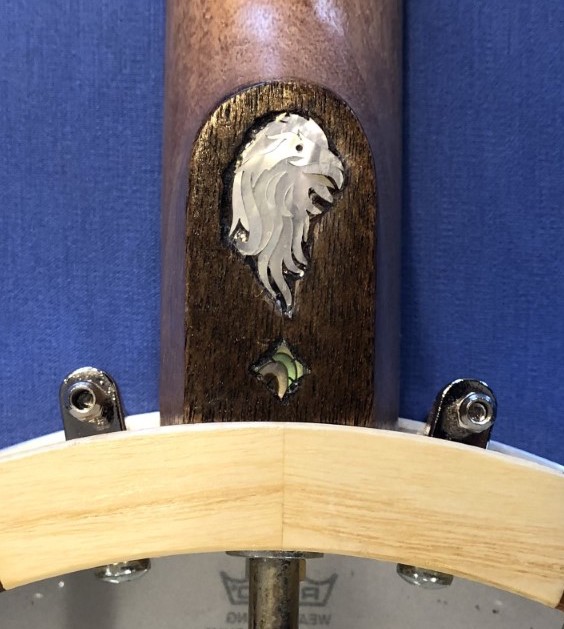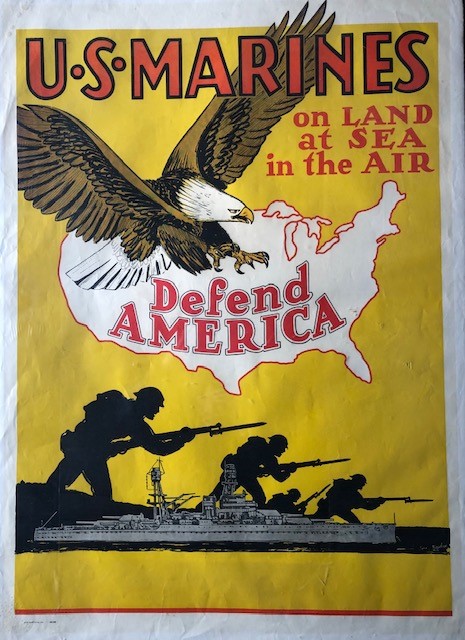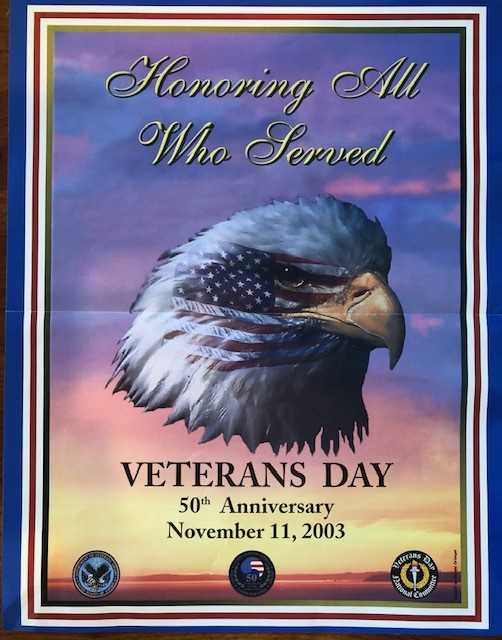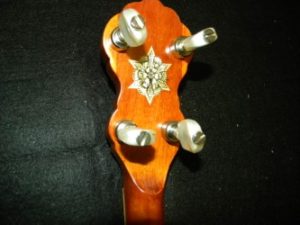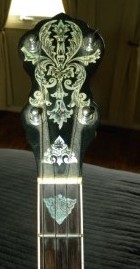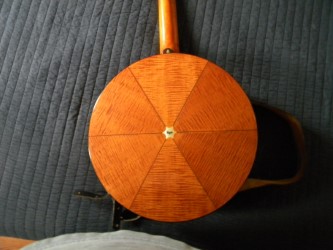In the Show-Me State, the Gray Wolf (Canis lupus) is an endangered species that wanders into Missouri from adjacent northern regions. Known as the timber wolf, about 50 of these four-legged creatures may transiently inhabit our woodlands and prairie at any given time, but there are around 200 residing in captivity breeding programs. The Red Wolf (Canis rufus) is extinct in Missouri, as the last one to be identified here was in 1950. As it is estimated that only 20 red wolves remain in the continental back country, the St. Louis Zoo has an ambitious captive breeding program on a wildlife preserve in Franklin County to restore this dwindling species. Some of the animals produced by this program have already been reintroduced into the hinterland of northeast North Carolina.
For the annual 62nd Boone County Art Show sponsored by a local bank, the BRC craftsman fashioned a banjo entitled “The Wolf.” To invoke the wilderness, the installed inlays are made of laser cut wood, mostly birch, instead of the usual mother of pearl materials. On the peg head, a solitary wolf howls at the moon.
The truss rod cover and fretboard are tracked with paw prints among a wolf pack baying at the night sky. Is this the model for the “High Lonesome Sound” that we strive for in our Bluegrass music?
On the heel of the neck, a BRC signature inlay site for the eyes only of the musician, is laser cut wooden wolf crying at the distant lunar glow.
Visiting the 2021 Boone County Art Show, the BRC grandkids study Grandpa Doc`s 5-stringer and learn about the challenges of this species that struggles to survive in a world of shrinking natural habitat.
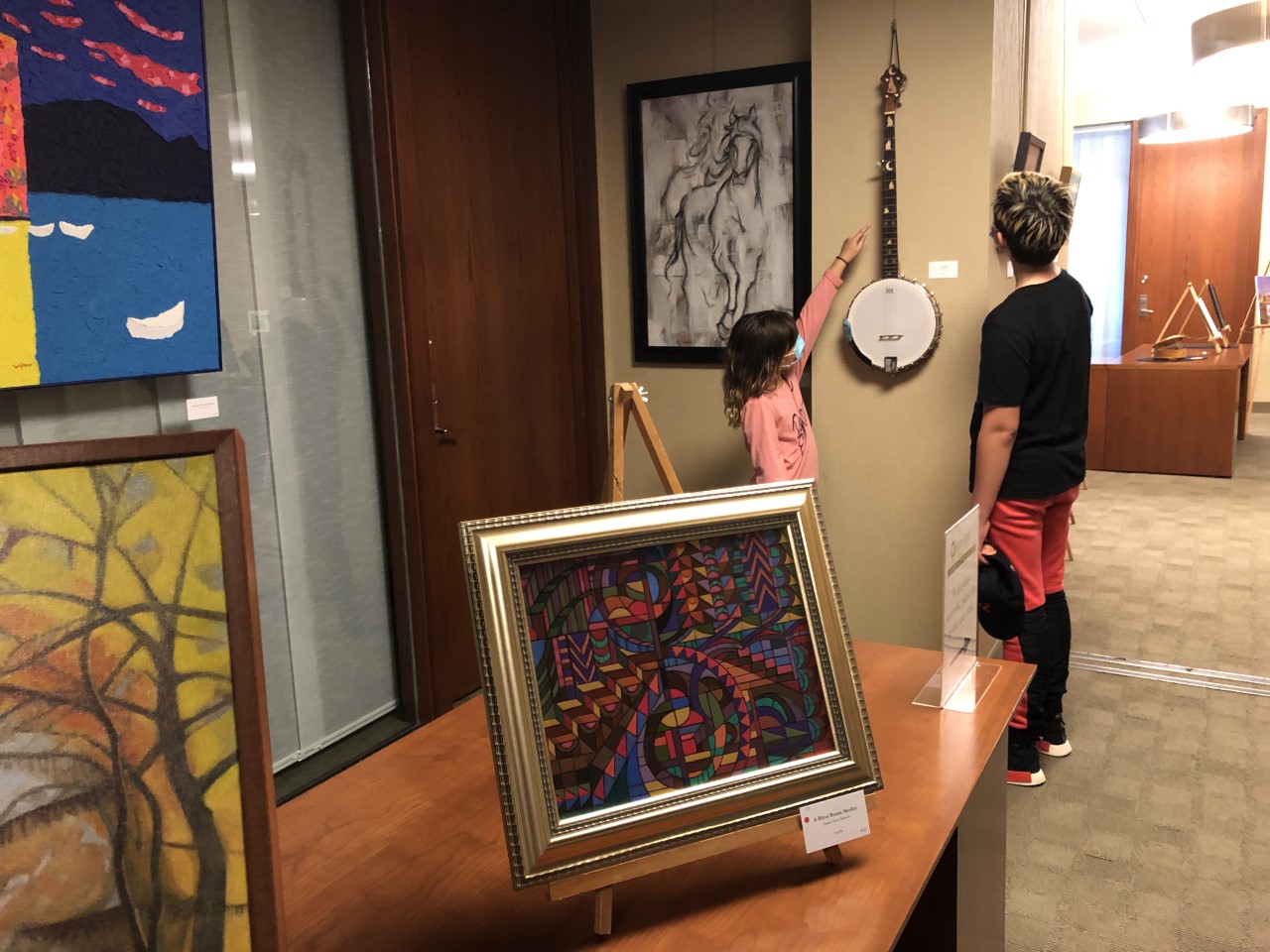
From the BRC: Be well, be safe, protect the environment.

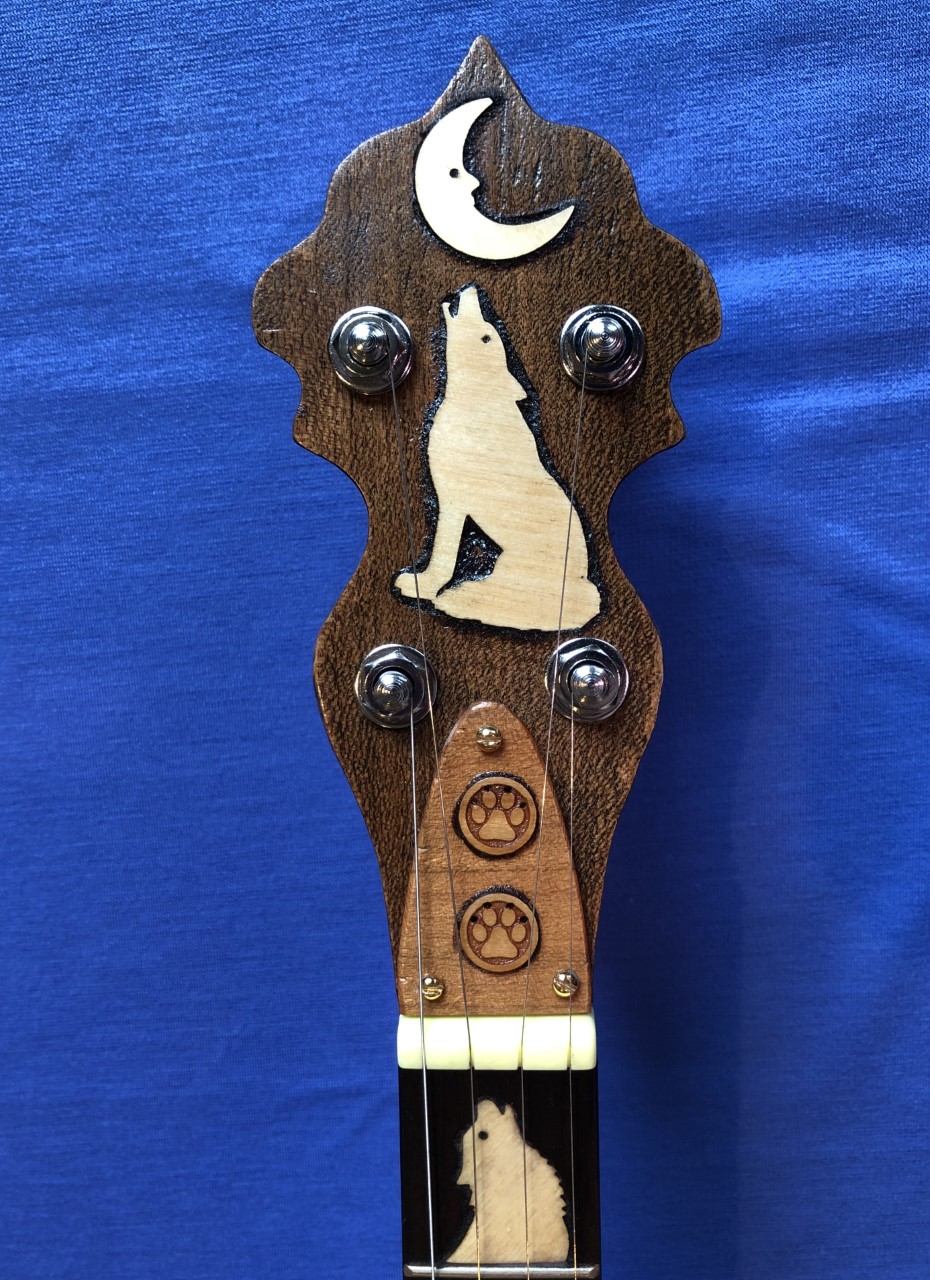
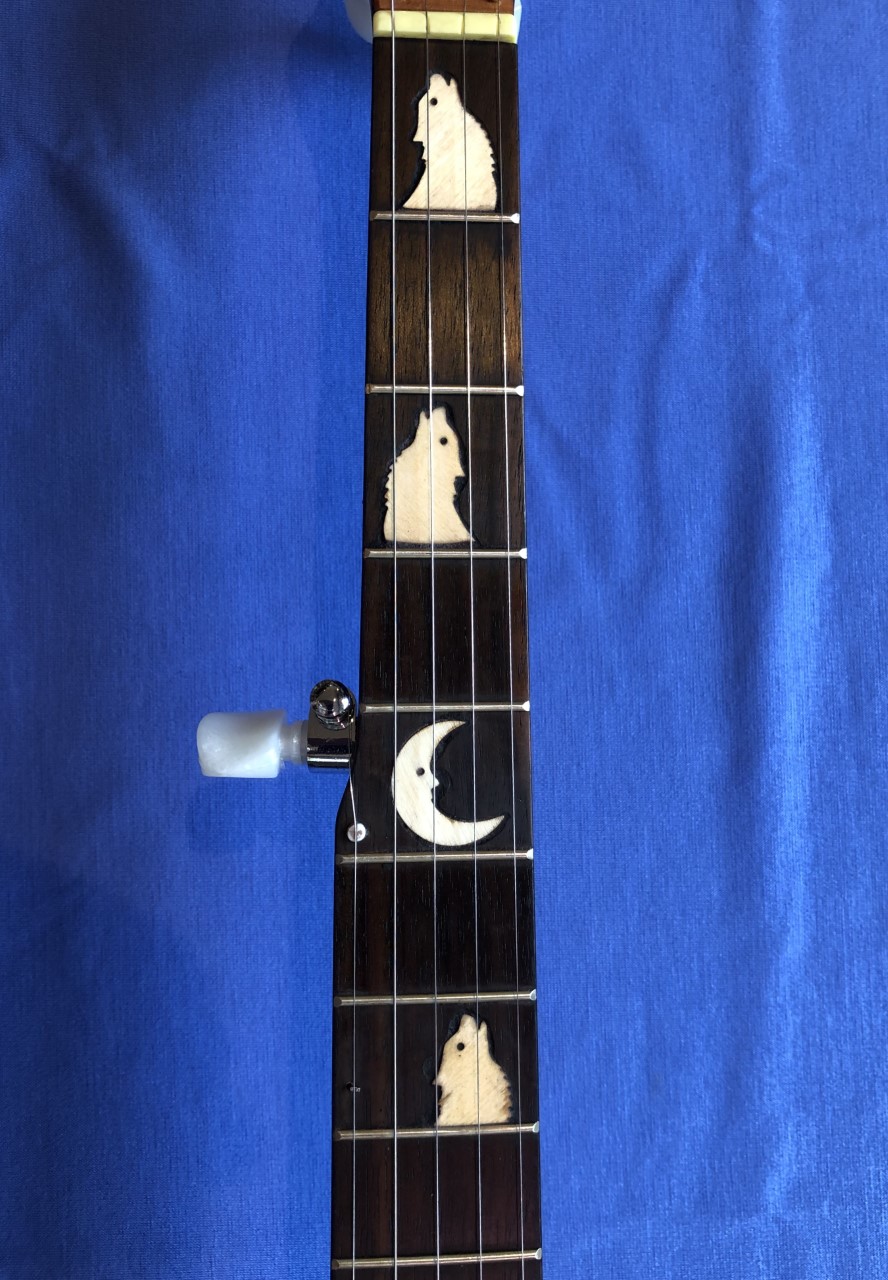
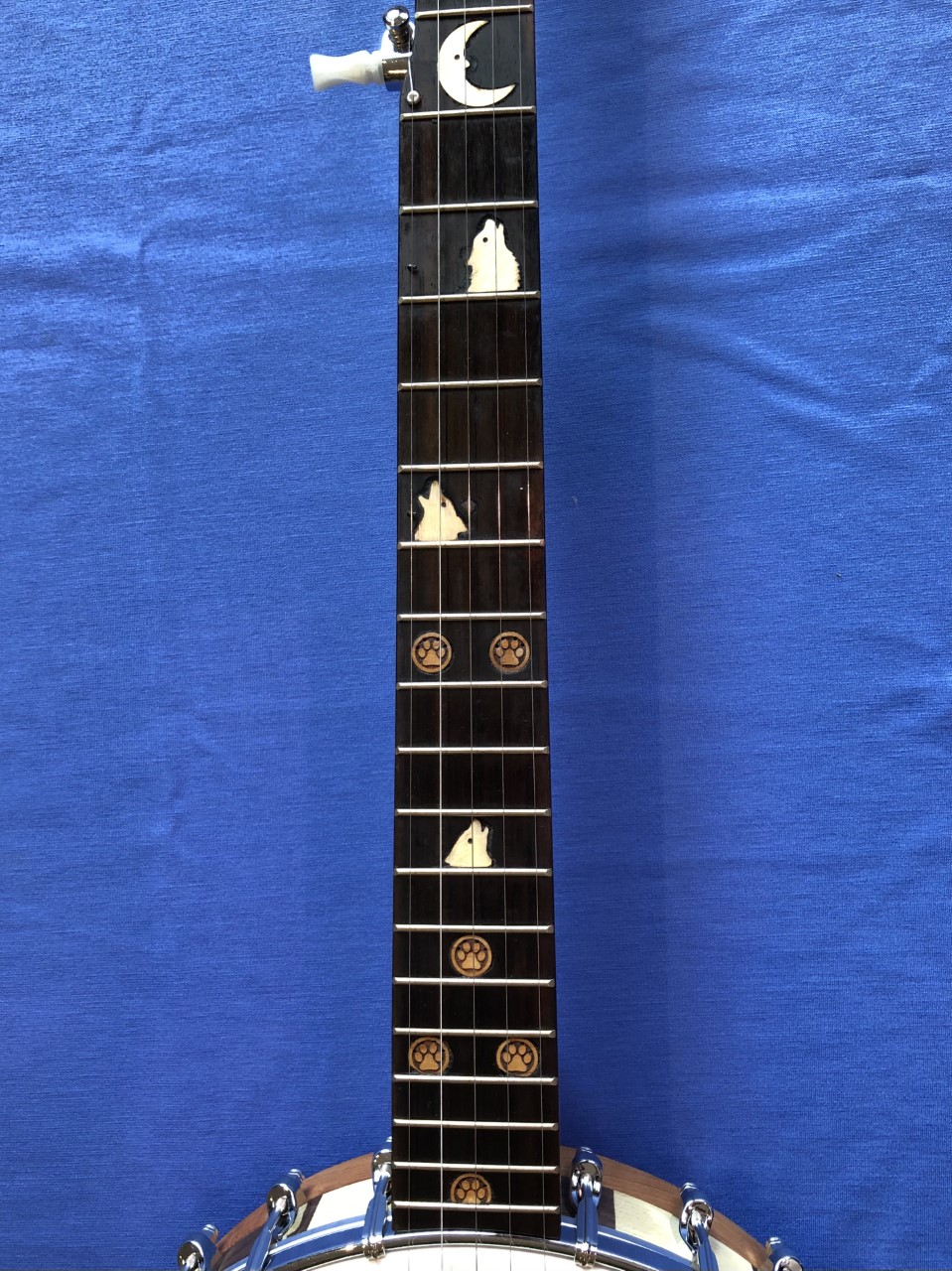
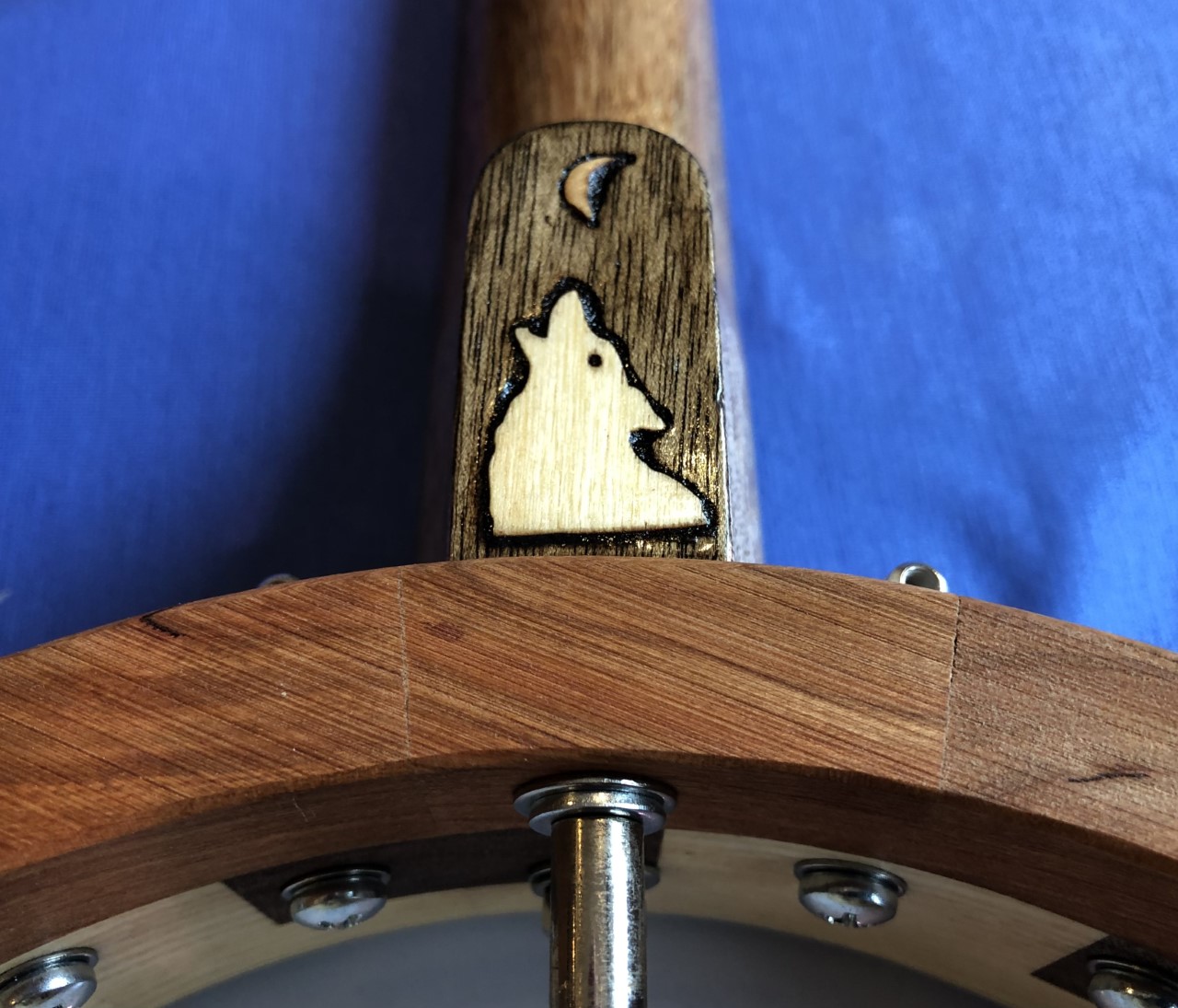
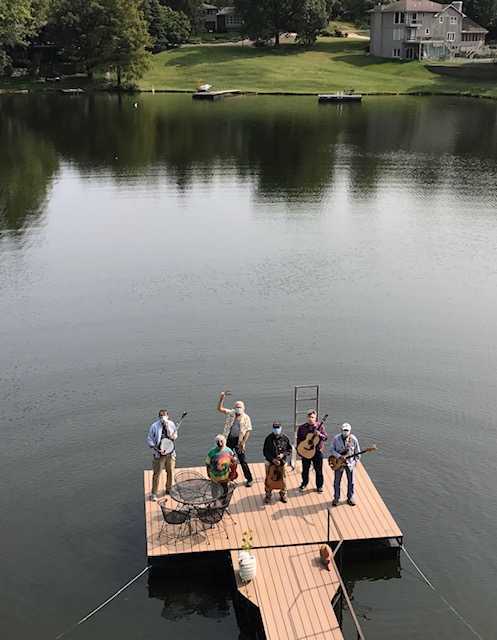
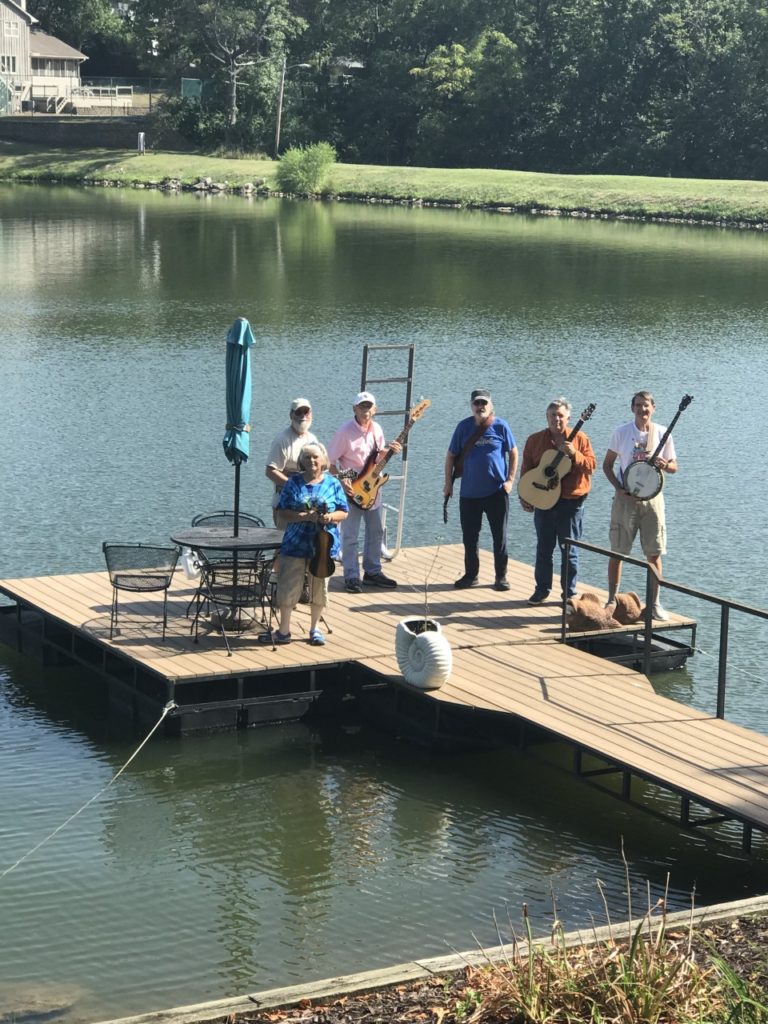
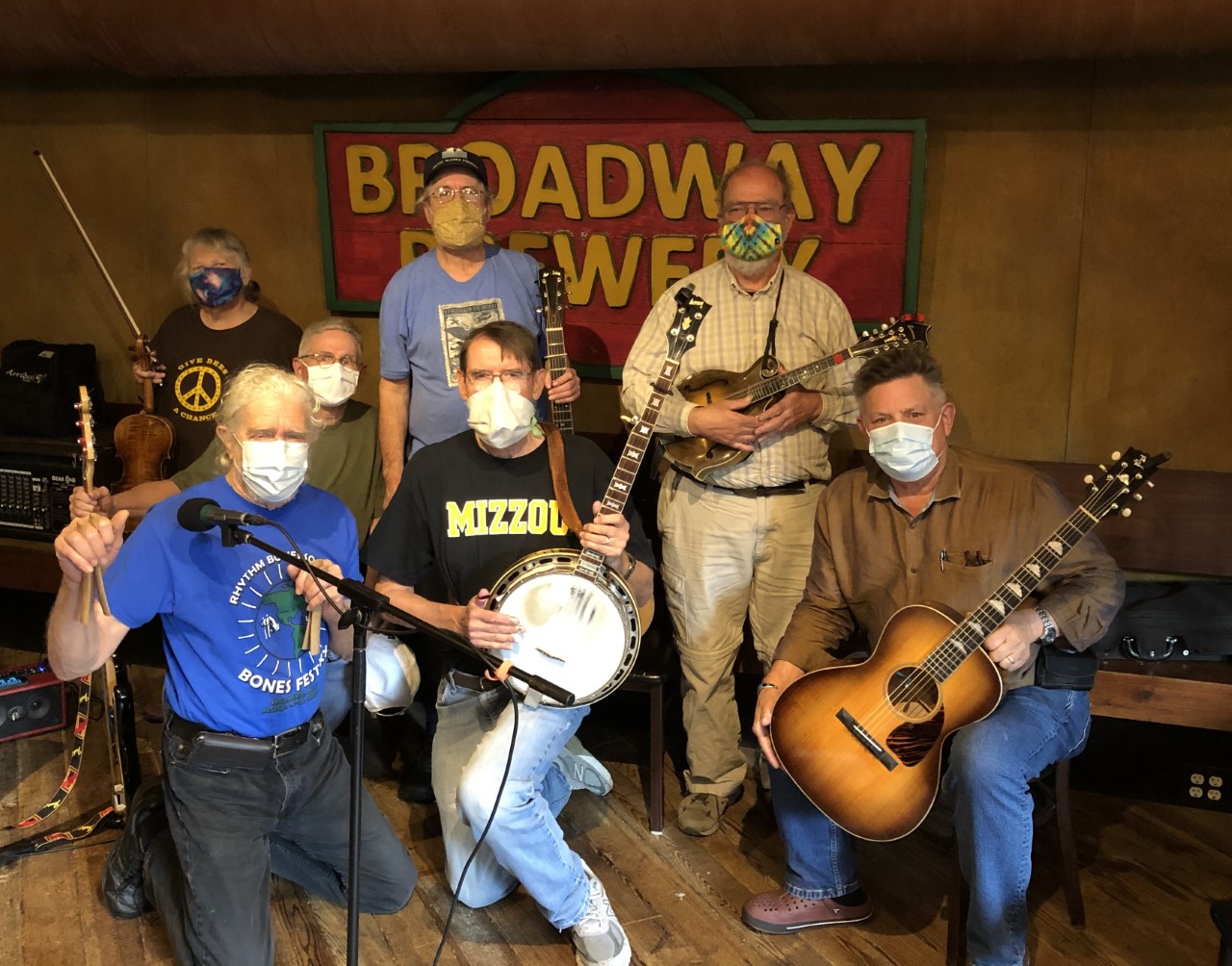
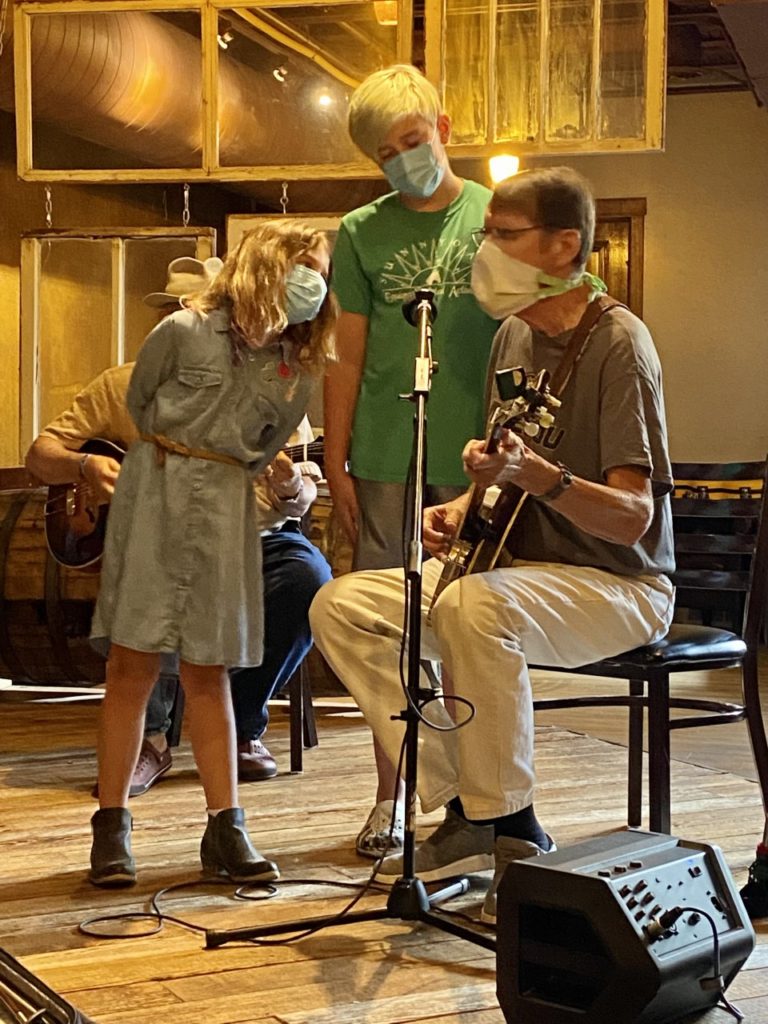
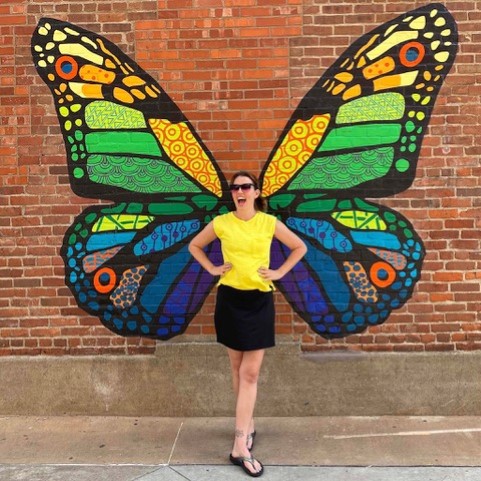
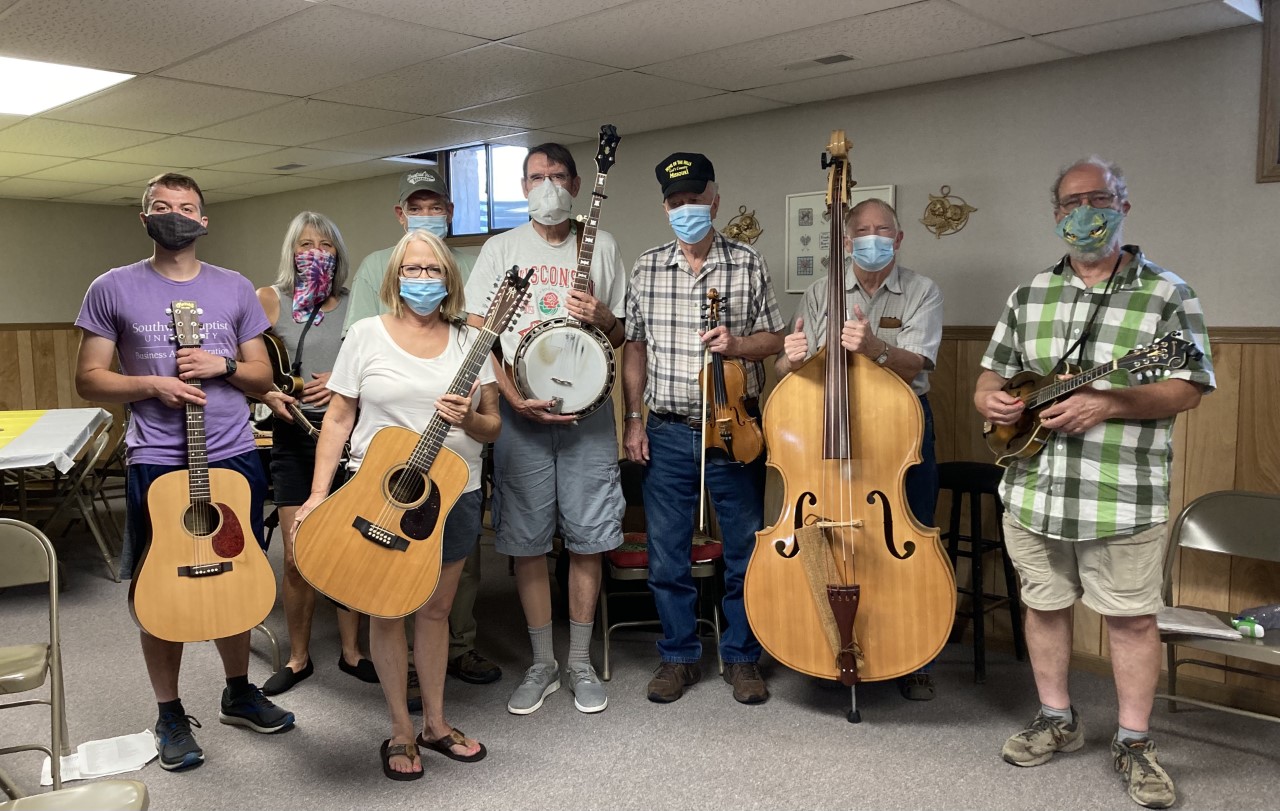
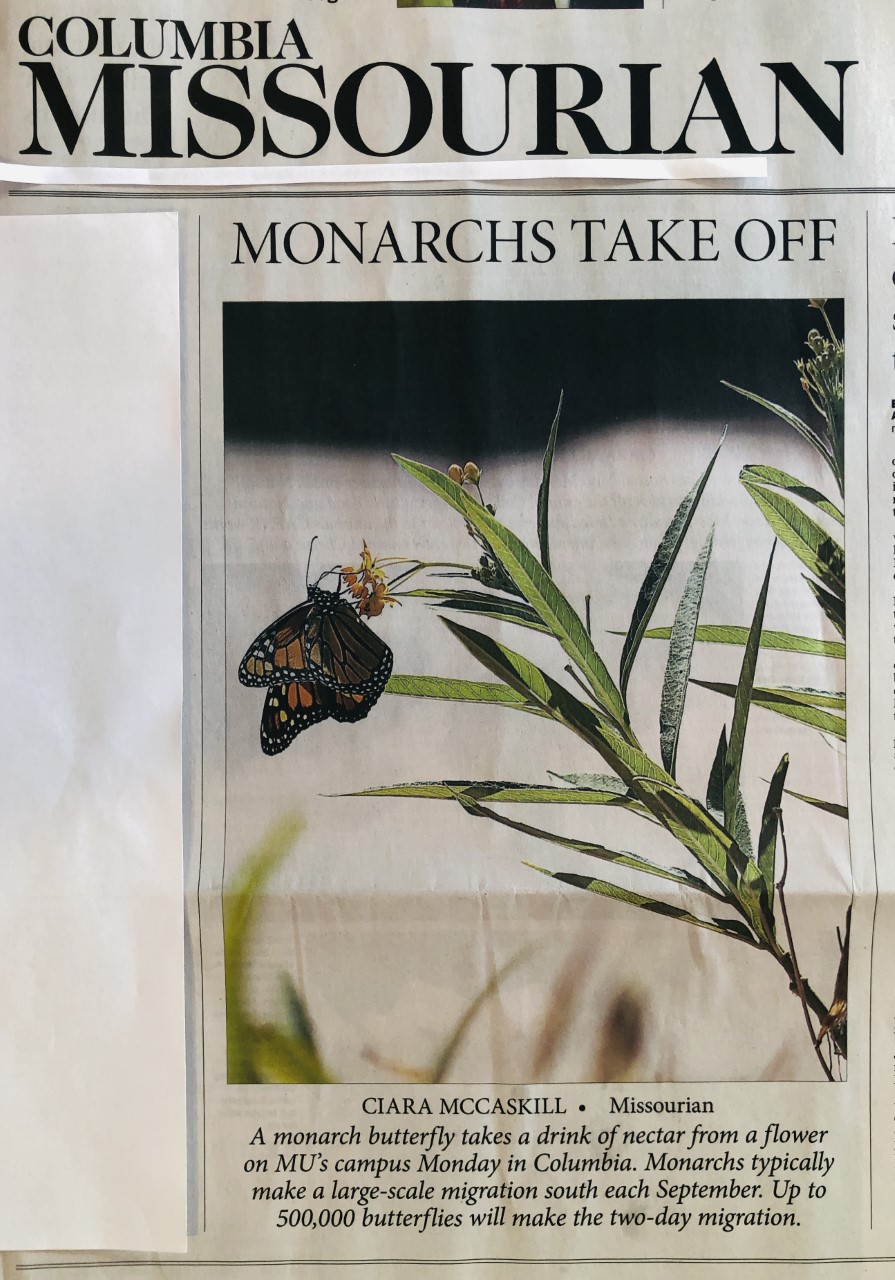
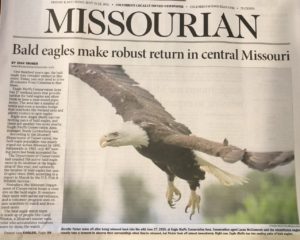 On the weekend, the youngsters visited the Veteran`s Pavilion op-up art exhibit on display in the lobby gallery of the Central Bank of Missouri to see their grandfather`s Sky Rover banjo (for details please enter “rover” in the homepage search engine to visit the “Sky Rover & Happy 4th” posting of July 4, 2021). They studied the mother of pearl eagles on the fretboard and learned that all BRC banjos have a signature inlay on the heel of the neck for the eyes only of the musician.
On the weekend, the youngsters visited the Veteran`s Pavilion op-up art exhibit on display in the lobby gallery of the Central Bank of Missouri to see their grandfather`s Sky Rover banjo (for details please enter “rover” in the homepage search engine to visit the “Sky Rover & Happy 4th” posting of July 4, 2021). They studied the mother of pearl eagles on the fretboard and learned that all BRC banjos have a signature inlay on the heel of the neck for the eyes only of the musician.